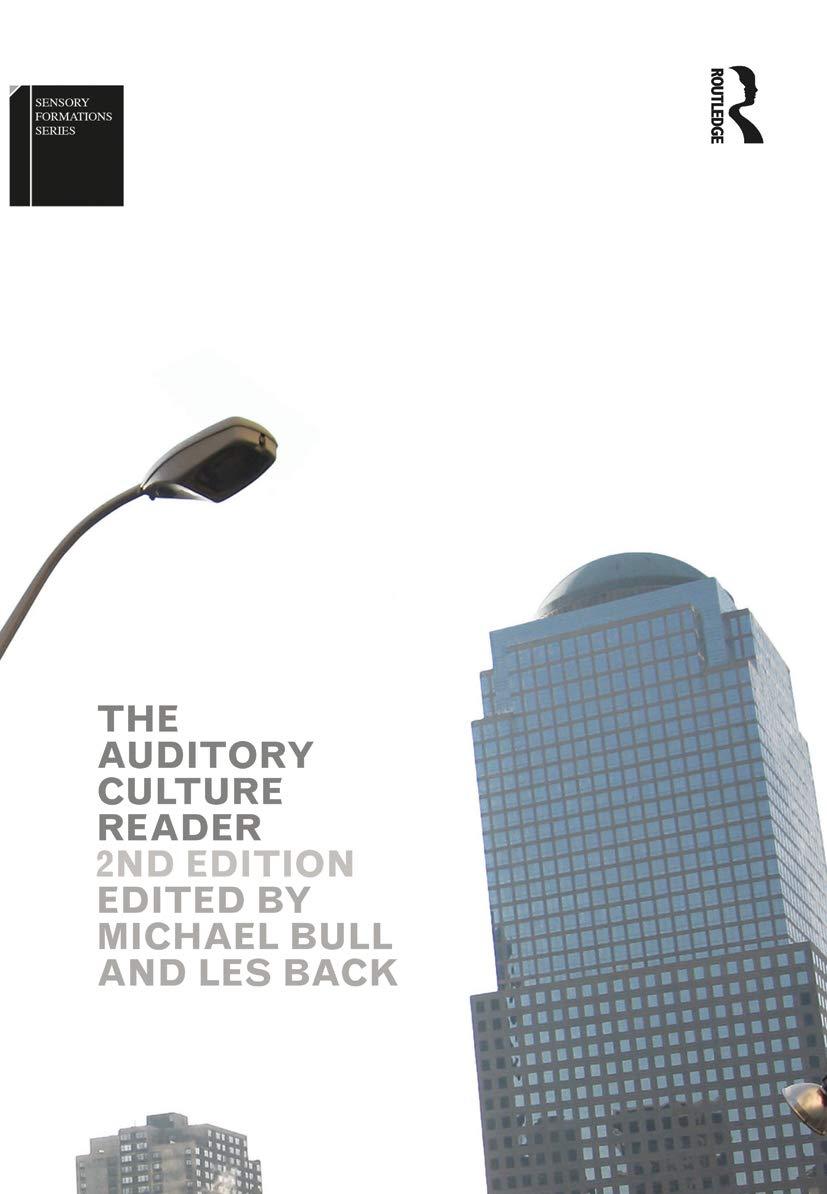Question
Capital Budgeting Problem WRL Company operates a snack food center at the Hartsfield Airport. On January 1, 2003, WRL purchased a special cookie-cutting machine, which
Capital Budgeting Problem WRL Company operates a snack food center at the Hartsfield Airport. On January 1, 2003, WRL purchased a special cookie-cutting machine, which has been used for three years. It is January 1, 2006, and WRL is considering whether it should purchase a new, more-efficient cookie-cutting machine. WRL has two options: (1) continue using the old machine or (2) sell the old machine and purchase a new machine. The seller of the new machine is not offering a trade-in. The following information has been obtained: Item Old Machine New Machine Initial purchase cost of machines $ 80,000 $ 120,000 Useful life from acquisition date ( years) 7 4 Terminal disposal value at the end of useful life on Dec. 31, 2009, assumed for depreciation purposes $ 10,000 $ 20,000 Expected annual cash operating costs: Variable cost per cookie $ 0.20 $ 0.14 Total fixed costs $ 15,000 $ 14,000 Estimated disposal value of machines: January 1, 2006 $ 40,000 $120,000 December 31, 2009 $ 7,000 $ 20,000 Expected number of cookies made and sold each year 300,000 300,000 WRL is subject to a 40% income tax rate. The straight-line depreciation method is used for tax purposes. Assume that any gain or loss on the sale of machines is treated as an ordinary tax item and will affect the taxes paid by WRL in the year in which it occurs. WRLs after- tax required rate of return is 16%. Assume all cash flows occur at year-end except for initial investment amounts. Required: 1. You have been asked whether WRL should buy the new machine. To help in your analysis, calculate the following: a. One- time after- tax cash effect of disposing of the old machine. b. Annual recurring after- tax cash operating savings from using the new machine (variable and fixed). c. Cash tax savings due to differences in annual depreciation of the old machine and the new machine. d. Difference in after- tax cash flow from terminal disposal of new machine and old machine. 2. Use your calculations in requirement 1 and the net present value method to determine whether WRL should use the old machine or acquire the new machine. 3. How much more or less would the recurring after- tax cash operating savings of the new machine need to be for WRL to earn exactly the 16% after- tax required rate of return? Assume that all other data about the investment do not change.
CommentStep by Step Solution
There are 3 Steps involved in it
Step: 1

Get Instant Access to Expert-Tailored Solutions
See step-by-step solutions with expert insights and AI powered tools for academic success
Step: 2

Step: 3

Ace Your Homework with AI
Get the answers you need in no time with our AI-driven, step-by-step assistance
Get Started


